Jostaberry requires very little
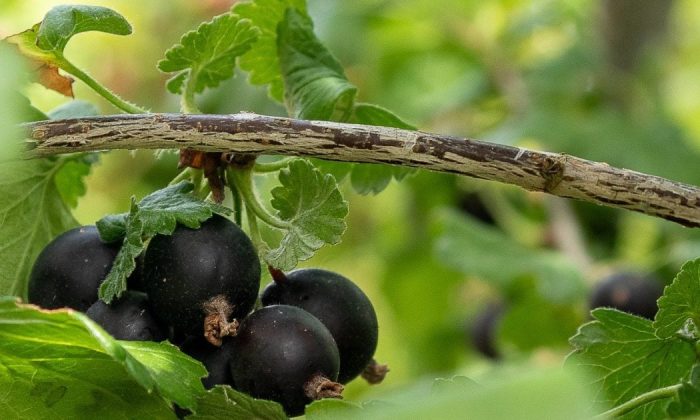
Do you like gooseberries and currants? Sure you do. This fruit contains a lot of vitamins and the taste is unique and refreshing – on the sour side but refreshing. If you don’t have enough space to grow both or if you just want a hybrid, bet on jostaberry. It will give you a great harvest and boost your immunity too. It has plenty of vitamin C, but it also contains bioflavonoids and antioxidants. Where did this fruit come from and how should you grow it? We shall tell you in the following lines.
When did jostaberry come to us? And what is the origin?
Jostaberry has been growing in Europe since the 1930s. It was right about that time when growers tried to cross gooseberry and currant. They wanted to combine the great taste of gooseberry with a lot of vitamins contained in currants.They managed to successfully cross and grow jostaberry at the end of the 70s. The new shrub, or a tree in rare cases, has no thorns and is very similar to a black currant shrub. Both the leaves and the fruit resemble blackberry but the size is different and they do not grow in a grape-like bundles – as do blackberries.
Easy growing
Jostaberry bushes are typical for lush vegetation, so reserve enough space for them in your garden. Sprouts can easily reach one meter in a year. Jostaberry is great because it produces fruits both on older branches and on young, one-year old branches. You need to trim the shrub regularly to provide enough light. If you do so, your jostaberry will be stronger and produce better fruit. The plant is partially pollinated, so it is advisable to plant two plants close to each other. Its flowers attract bumblebees and bees so pollination is not a problem at all.
Resistance to diseases
A great news is that you don’t have to worry about any diseases or pests when you grow jostaberry because it is resistant to many. Only aphids can attack it, which is unpleasant, so make sure to spray it before it starts producing fruit.
You can plant now or in autumn
Similar as other berries, jostaberry should be planted in spring and autumn. Autumn is preferred for planting because it takes root better, and when the spring comes you can enjoy fruits. Jostaberry is propagated through cuttings, which are taken in summer. If you give it a light, loamy and sandy soil, jostaberry can create a suitable root system within a few weeks!
Preview photo: Pixabay

Gardening is my hobby, I have a lot of experience and I am happy to share it.
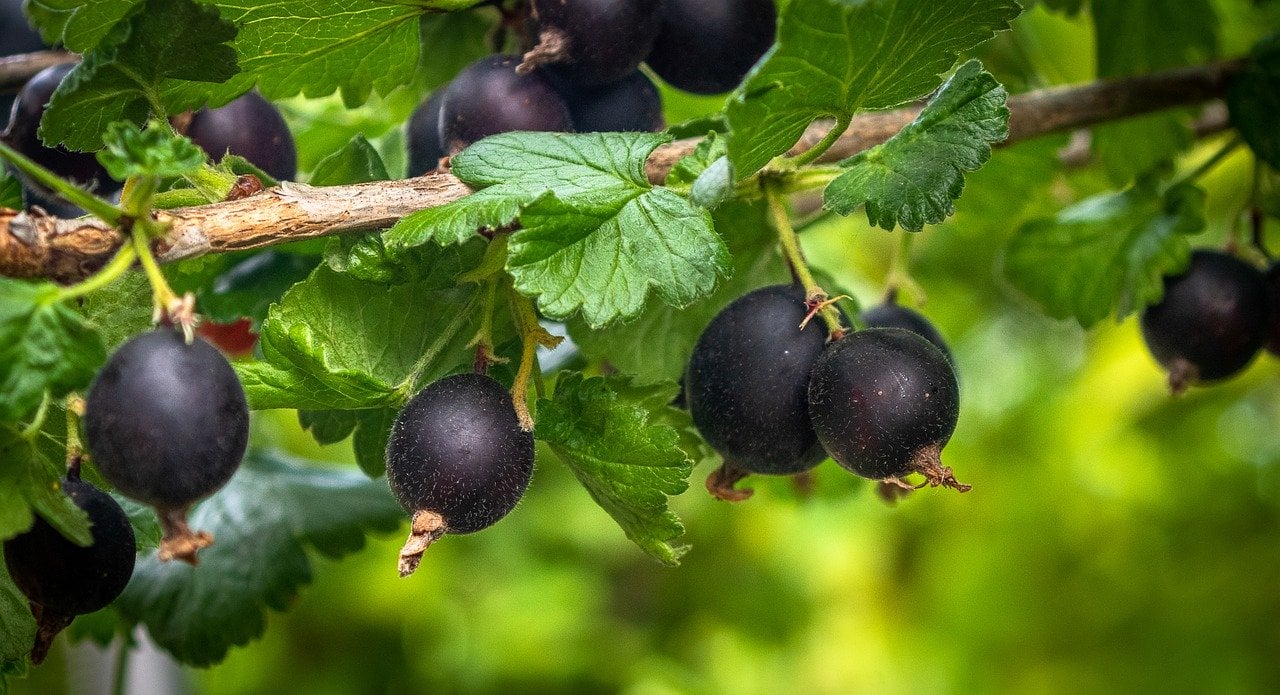


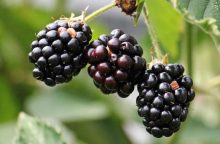



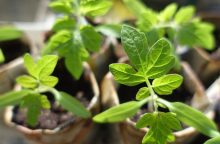
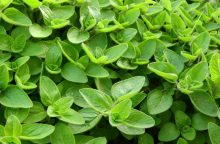
0 comments